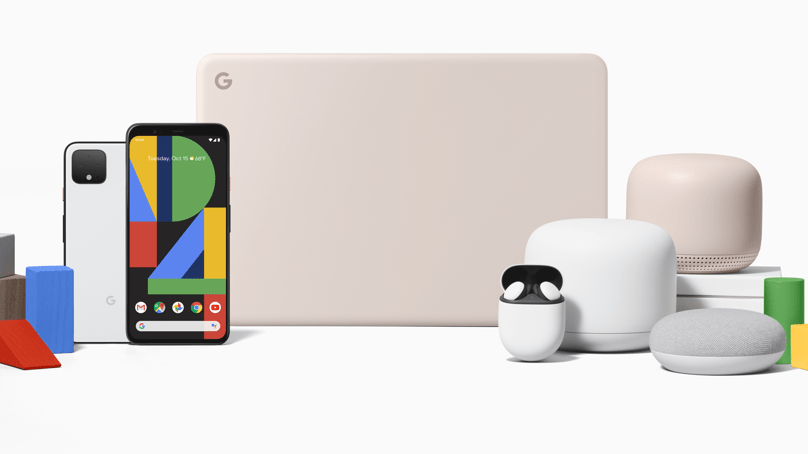Product descriptions are important, even in industries where the picture matters more to an end user, Google will always be reading your descriptions. So, here’s a quick please do’s list, if you follow this, your descriptions will meet the needs of both the Search Engine and the end user.
But, First, Before We Even Start Make Sure You Know Your Customer
The first thing you have to do is know your customer, and not just any consumer, but your customer. There is a difference, a consumer being any buying the product, the customer being someone who wants to buy from you. Don’t try to be all things to everyone, you’re not Amazon. And if you’re reading this, you’re unlikely to be a global mega brand, you’re probably a challenger brand, so appeal to the corner of the market that is going to make a purchase from you. In short, pick a style and lean in to it.
So where do you sit? What makes you different from the competitors, style your brand accordingly, build out a branding doc and decide your voice. (creating a brand voice is definitely a piece unto itself, a very simple example can be found here). In an ideal world you should keep this consistent across all channels
It is essential you do the work of profiling your customers. Learn why they buy your product, what may hold them back etc. This really should be done before you even start selling, but it is still good business practice to reassess your customer profiles regularly. This information should inform branding decisions. Who you want to sell to, and who you want to present yourself as should be complimentary.
Last of the 3 things we need to do before we start, is know the product. That is relatively self-explanatory, make sure you know the technical terms, make sure you know the variations etc inside and out. And if you don’t personally (say in a highly technical market), make sure you have someone around to check on what you’re writing.
Once you’ve done that we’re on to the next step.
In short here’s the before you start checklist:
- Do you know your customer?
- Do you know your brand voice?
- Do you know your products?
If the answer to any of these is no. Stop and make sure you have this information first. That doesn’t mean things have to be perfect first time. You’ll want to review and make amends.
Step 2: Start Writing Product Descriptions
So, now we actually have the information we need to start writing, how do we write. This is pretty easy, just follow these do’s and don’ts. Keep in mind you don’t need to hit on all of these to write good product descriptions for SEO or for users. But, they’re a great start.
The Simple Formula For Writing Product Descriptions That Sell
- Write in a Feature to Benefit Style. Example 4k resolution (the feature), for the best viewing experience (the benefit)
- Write in concise and meaningful sentences
- Use bullet points to make things clearer
- Use a call to action where possible
- Keep a consistent voice/brand persona/writing style/format
- Don’t use purple prose or lazy sales text (great quality, very good etc)
- Find the no, and address it, know your customers doubts and dispel them
- Sell to the correct emotion, appeal to what your customer wants
Niche Specific Elements
- Know your audience, are you selling a technical product to trade buyers or a lifestyle product to a B2C user and use appropriate language. This should be developed when you do your customer profiling.
- Address standard customer concerns (when selling technical goods to a B2C market phrases like “easy to install”).
For The Search Engine
- Make the descriptions as unique as possible, yes this can be difficult if you sell a lot of very similar products.
- Use your most important keywords when you can and engage in lateral linking between important pages (linking internally from the content to other relevant pages). But, don’t overdo it, if it doesn’t look appropriate and natural, don’t do it.
- Mix high and low competition/volume terms as these descriptions are an opportunity to get hyper specific.
- Correct use of heading and subheadings (H1 and H2 tags) including keywords in these where possible.

